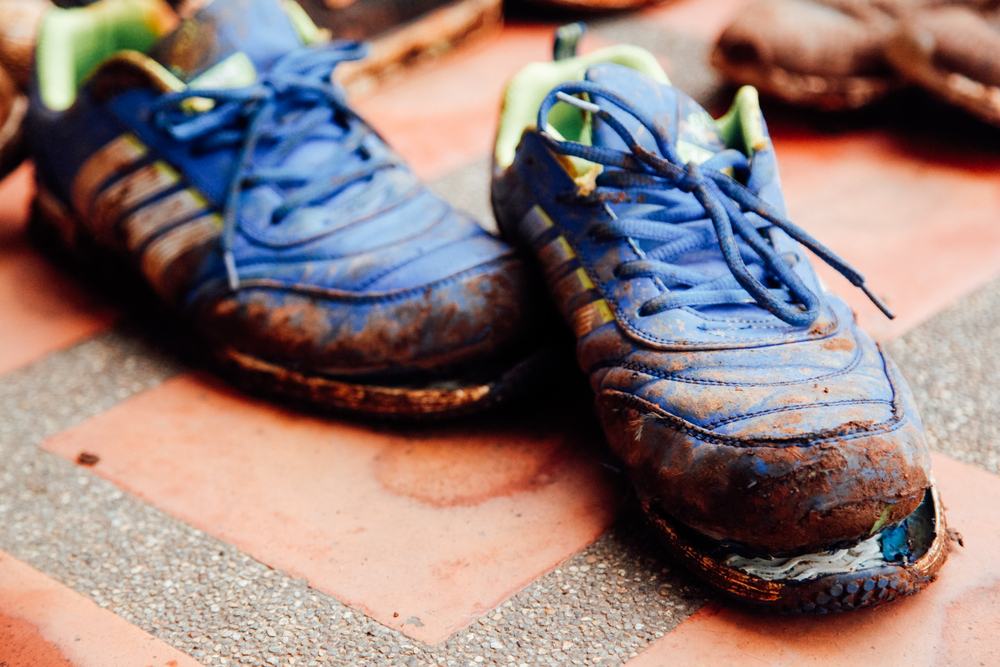Not surprisingly, there’s been a rise in the number of virtual races over the past year, with many people distracting themselves from the pandemic by training for a marathon or half marathon. Make sure you don’t succumb to injury with our top tips.
If you’ve recently got the distance running bug and you’re focusing on completing a half marathon or full marathon, it’s a great way to distract yourself from the pandemic, and we know that the mental benefits of running are significant. However, the more you increase your distance, the more likely you are to risk getting injured. So make sure you follow our top tips to avoid injury when doing endurance running…
1. Pay attention to your body
Don’t ignore what your body is telling you. If something is hurting, pay attention to it, find out why and change what is making it hurt.
2. Schedule in rest days
Just as you would schedule in other sessions. Don’t just take rest days when you’re too exhausted to train.
3. Don’t do anything too fast or too soon
Don’t try anything different too close to race day. A sports doctor told me, in the three weeks before the London Marathon, he sees an increase in people who have tried to do one extra-long run. His advice? Don’t bother – save it for race day.
4. Don’t forget to eat enough healthy foods
Make certain to have adequate calcium and healthy fats (such as the omega fats found in certain fish and fish oil capsules) – these will help your joints. Don’t forget to eat plenty of vegetables and protein sources. And, of course, don’t forget to eat plenty of carbohydrates!

5. Warm-up and warm down
Always perform a warm-up before you run. There is plenty of evidence that warming up reduces your injury risk by making muscles less liable to tear or rupture and by lubricating the joints so they’re less stiff and creaky. And remember to stretch after you finish running to help return muscles to their resting length and maintain flexibility.
6. Follow the 10 per cent rule
This means not increasing total volume by more than ten per cent each week. The ten per cent rule is for most people is the maximum increase per week, not the minimum. Every third week drop your mileage significantly before moving ahead again from the previous week. The recovery week will allow your body to repair while having a ‘relative’ rest week.
7. Don’t wear old running shoes
It might sound simple but avoid the temptation to revert to an older pair of shoes if it’s raining or you’re running off-road. These shoes will not have the cushioning or support they once had, and you could cause no end of problems wearing them for a long run. It’s best to have two pairs of shoes on the go at any one time, so you can rotate them and extend their shelf-life. Check out our guide to the best running shoes for women to find the right shoe for how and where you run.

8. Do take a longer-term approach
Many people don’t start training for a spring marathon until after Christmas. While this is enough time to get you round, it’s better to lay a foundation in October, November and December and have something to build from. Also, if you do have to take time off through injury, you’ll have more miles in the tank.
9. Do cross-train
Whether it’s strength training, to build more robust, fatigue-resistant muscles and joints; swimming, to maintain aerobic fitness with zero impact or Pilates or yoga to develop better core strength and flexibility, do something other than running. Your body will thank you for it!
10. Enjoy your running
Training for a marathon is hard, but it should still be fun. Mix it up, vary your training, try new routes: savour every session and enjoy the feeling of working hard towards your ultimate goal – crossing the finish line in your chosen marathon.








